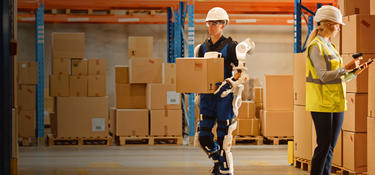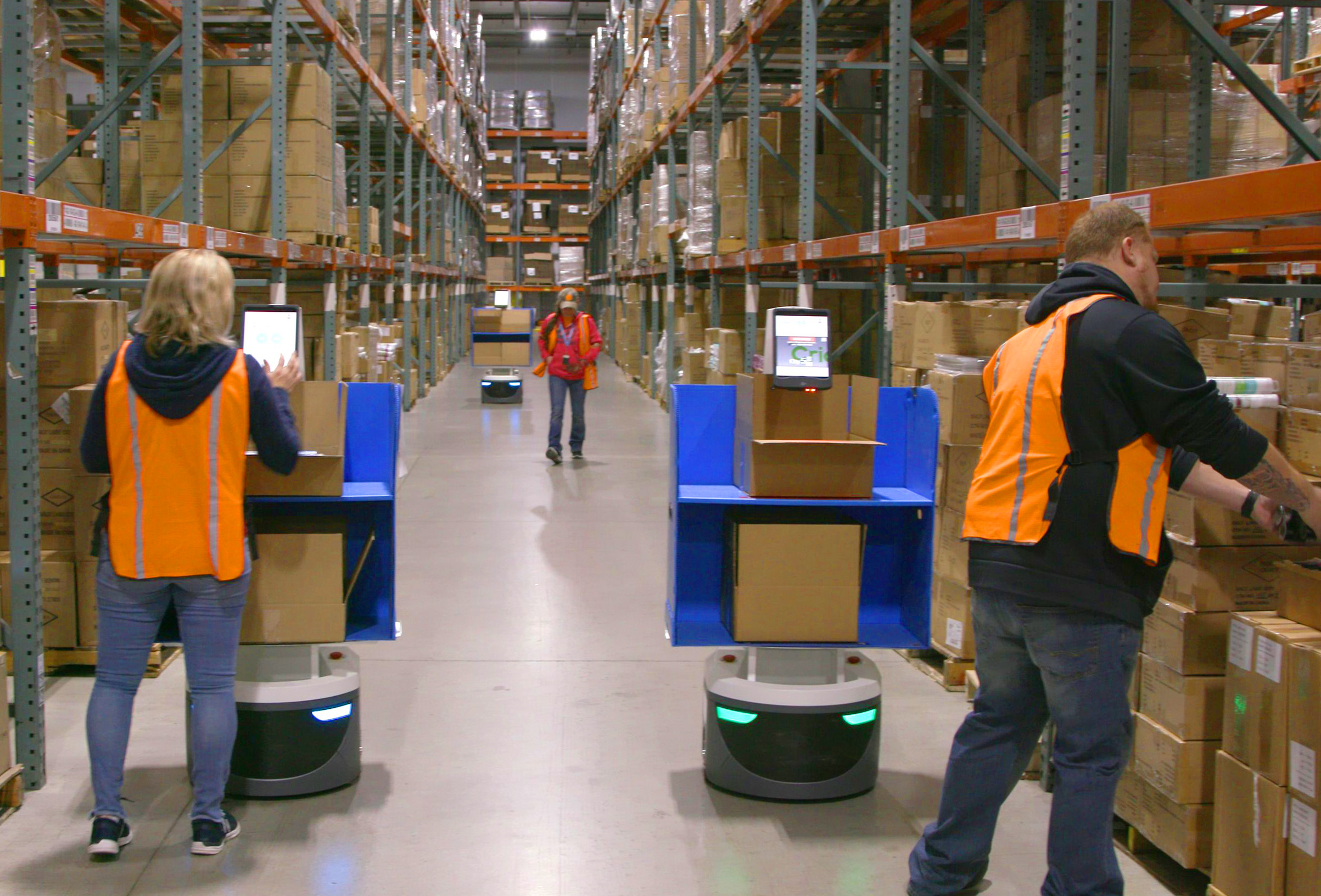
The future of logistics real estate is automated.
“Automation” is one of the buzziest words in logistics today. It’s a tidal wave of innovation with promise to unlock the potential of an ever-evolving supply chain. It’s cutting-edge technology that ensures competitive advantage amid unpredictable demand and scarcity of space and labor. But automation’s true potential is a symphony of human-robot collaboration that builds resiliency though safer, more efficient operations and thriving workforces.“
It’s not about replacing your employees,” says Ian Antoniolli, operations manager at Prologis. “It’s about understanding your goals and pain points and finding thoughtful solutions that support your current teams and operations, rather than just throwing cool gadgets in.”
Prioritize people
A survey done in early 2022 revealed that 77% of supply chain personnel planned to quit their jobs. With an exodus of three-quarters of the workforce, skilled and ready workers are in short supply and retaining talent remains a top challenge to business continuity. For many employees, it’s no longer just about a paycheck. Job satisfaction and clear pathways to advancement are fundamental to competing in today’s labor crunch.
Ron Kyslinger, CEO and president of Kyslinger Consulting International, spent decades leading automation transformation at the likes of Amazon and Walmart. At GROUNDBREAKERS 2022, Prologis’ thought leadership forum, Kyslinger said he wished people would worry less about robots taking jobs and embrace how they help humans and upskill workforces.
“Running around and slugging 40-pound bags of dog food is not fun,” he says. “If robots do that, I can upskill the employee to maintain and fix the robot. And they can earn more because they’re now a technician.”






